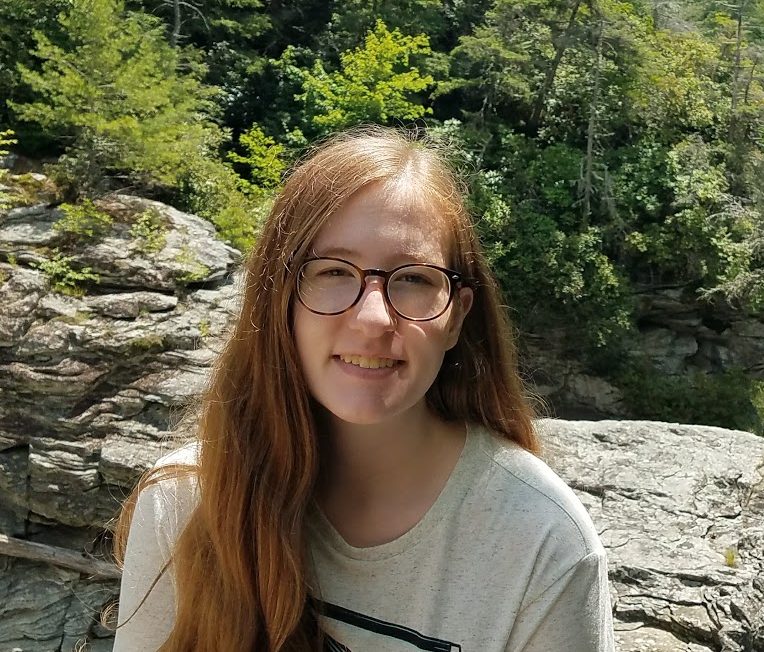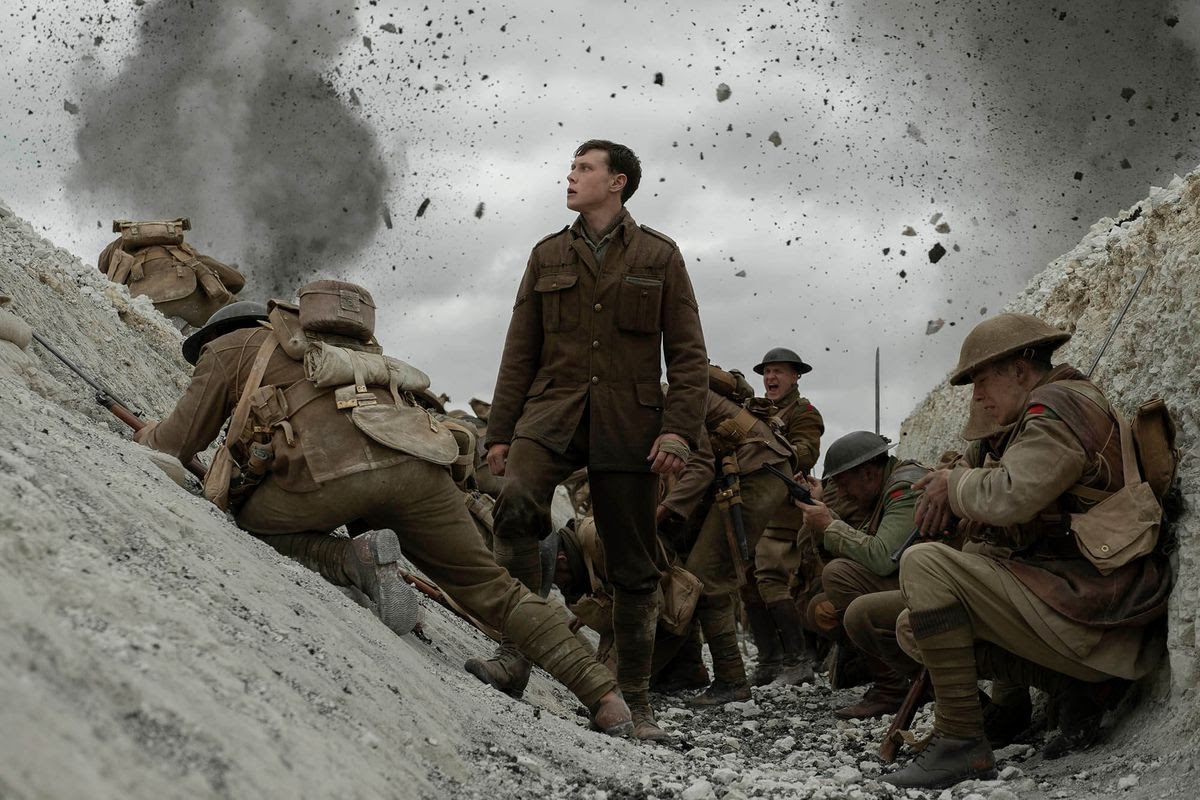The Academy Awards nominated 1917 for 10 Oscars. While most movie-goers focus on what happens on on-screen, what happened off-screen with filming was just as important. (Photo in public domain)
1917 is a movie that occurs during World War I, following two British soldiers. In a race against time, they must cross over into enemy territory to deliver a message that could potentially save 1,600 of their fellow comrades. The story is fantastic, but more impressive is the cinematography.
The whole film is in a “one-shot” style. A one-shot film is a full-length movie that is either taken by one camera or edited to appear as such. It has no scene breaks or cuts. A popular example is 2014’s Birdman.
1917 was not filmed using only one camera, but extensive planning and seamless editing made it appear as such.
The person up for the challenge was Roger Deakins. He was the cinematographer of 1917, well known for his work on films like Skyfall and Sicario. In 2018 he earned the best cinematography Oscar for Bladerunner 2049.
Planning entailed the crew building models for every set. In one scene, the sky is lit up with flares. The crew needed to time exactly how long the flares would be in the air to know what the lighting would look like. In a creative solution, they made a mini model of the city with a light contraption that traced which directions the shadows would move and how light would fall through the building’s windows.
Each set also needed to accommodate the camera’s path, as it would also be moving with the actors. Barbed wire fences had angled pathways so the camera could get through without making an obvious hole in the fence. Ramps let the camera pass from no man’s land into lower trenches without a scene break.
Another technique for avoiding a scene break was moving the camera 360°. The swiveling camera also meant it could only move forward, and like the characters, it had a starting point and fixed destination.
The major downside to having a camera that moves 360° is the problem with lighting. If the crew used artificial lighting, it may accidentally end up in a scene where the camera spins halfway through. The cast and crew had to depend on mostly natural light.
However, the movie took place over the course of a day. The lighting had to be consistent from scene to scene so that when editing finished it looked like a single day. Natural light is dependent on mother nature– one cloud and the director, Sam Mendes, would put the whole day on hold until it passed.
The cast and crew of 1917 creatively tackled obstacles to make an immersive film. While one-shot styles of filming are not right for every film, they create a world where filmmakers force the audience to feel like a part of a nonstop story. Since 1917 is a dramatic, yet realistic, depiction of WWI it’s hard to imagine the film in any other style.

Hi! My name is Marie, and I am the editor-in-chief of The Mycenaean. I am also President of Model UN and President of Quill and Scroll Honor Society. I love whitewater kayaking and rollercoasters.

Leave a Reply